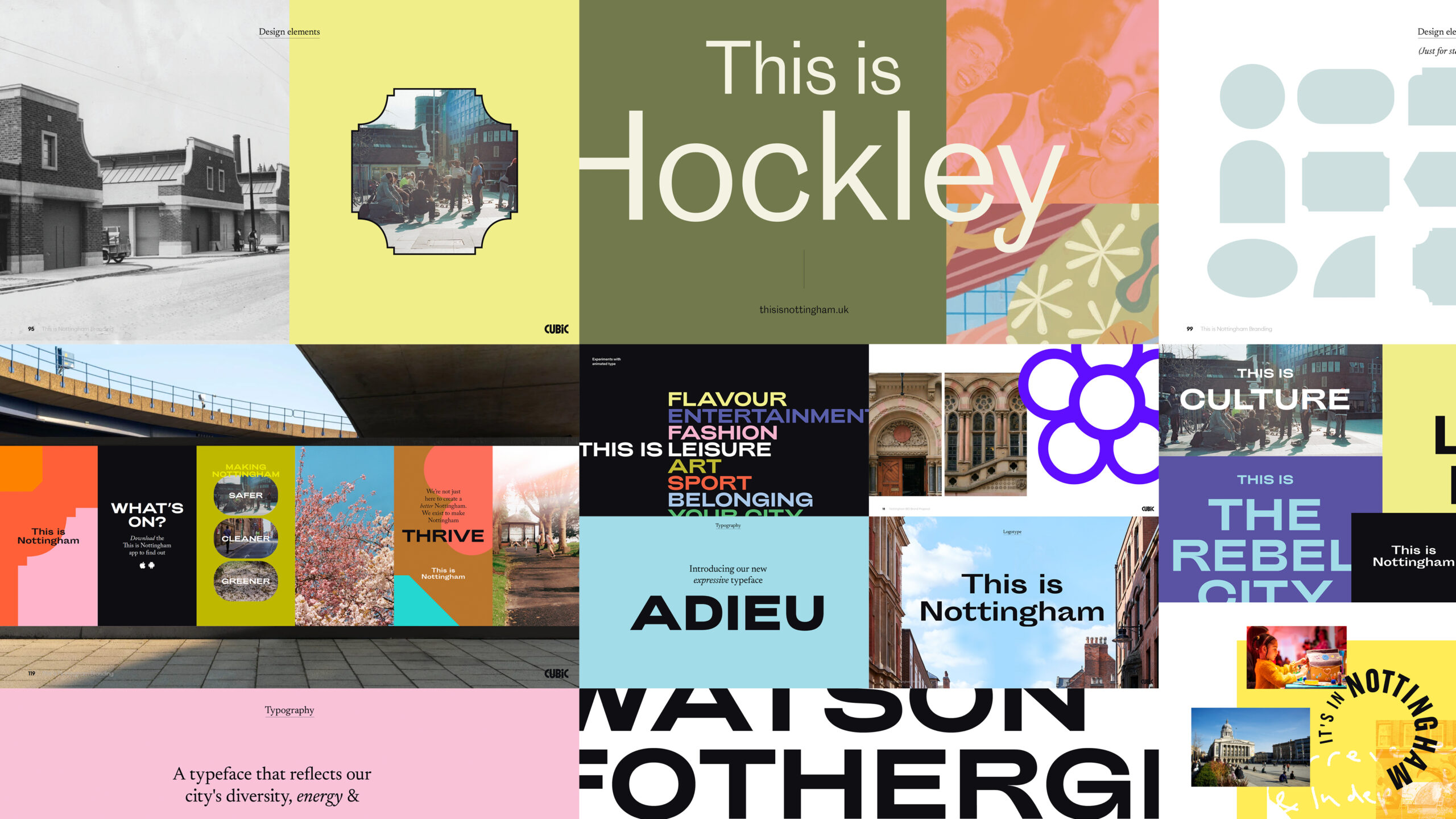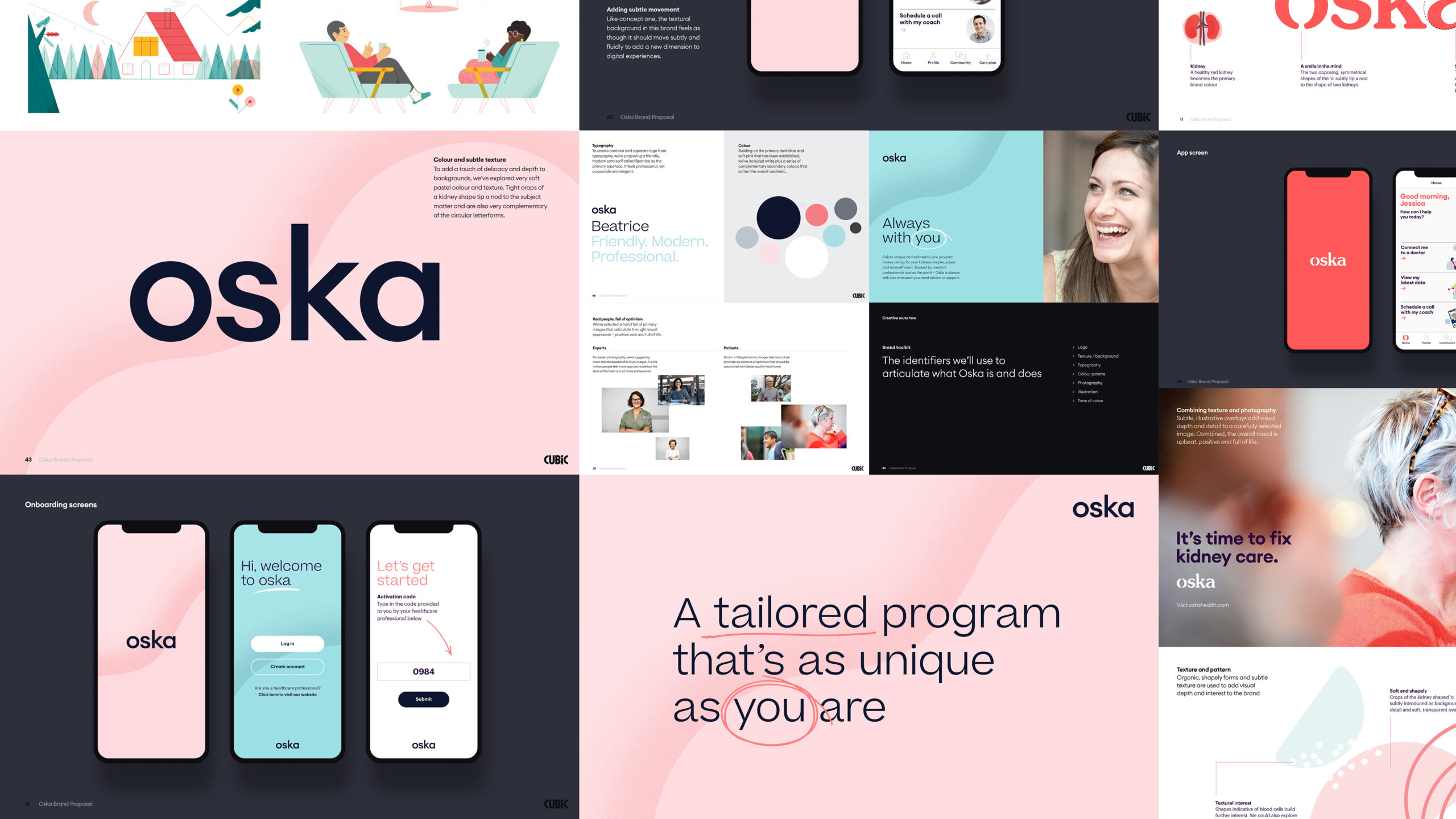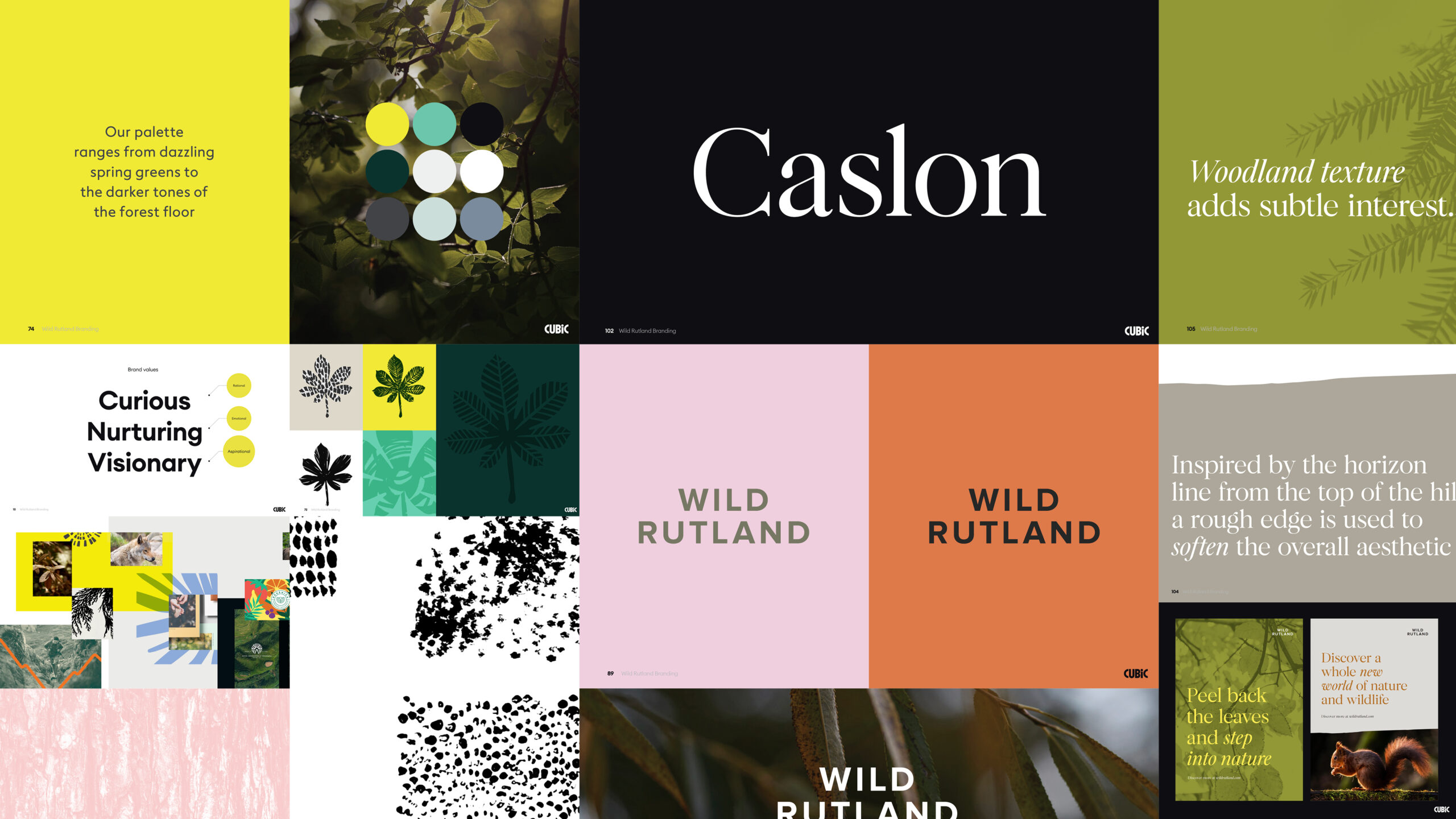There’s always more than one way to answer a question posed by design. In many ways, that’s the beauty of it – endless possibility. A strategy and brand idea will set guardrails, but how these are brought to life visually and verbally is entirely up for grabs.
But to go from a nugget of an idea to a design system that functions with gusto in application requires equal emphasis on experimentation and execution. That’s where concept brands come in.
We use them to explore, test and refine potential directions that excite us in bringing a brand strategy and idea to life. They enable us to expand horizons, open minds and create snapshots of visual and verbal worlds that showcase possibility in the form of genuine potential design options. And they’re how we demonstrate the way a brand could live and breathe in situ – helping our clients and ourselves step away from the hypothetical and into potential new realities.
Here’s just some of the reasons they play an integral part in design journeys:
More bang for your buck
Developing concept brands mean we don’t just have to create one potential direction – we can explore wider, further and faster to generate new, inventive ideas for brands. We cover a lot of ground when we design in this way – giving our clients more bang for their buck as a result. We show them the inspiration and thinking behind a concept, the working out that’s gone into it and, of course, what the end product looks like as a hypothetical design system. That’s a lot of work, but it ultimately means we get to an answer that’s been developed with rigour and is already tested in situ.
Below: Working moodboard showing the development of an alternative concept brand for It’s in Nottingham

Get the cogs working
Concept brands also help us, and our clients, consider new ways of deploying a brand. As well as testing things in a range of typical and necessary applications – things like stationary items, website home page and signage – we’ll push things further and showcase how brands could be deployed more inventively. That might be across social media, where we’ll demonstrate the potential for a design system to come to life creatively in order to cut through. Or it might be an example of how the refreshed or new brand could be launched internally to employees – as part of an all-employee launch event, for example. By pushing boundaries earlier, we ensure there’s room for a concept brand to grow creatively beyond just its fundamental identity elements.
Below: Alternative concept brand for It’s in Nottingham in more detail. The direction was inspired by the architecture and shapes within the city’s buildings.
Compare & contrast
Offering a range of design directions means they’re automatically compared and contrasted against each other. It’s human nature to judge based on what’s liked or disliked to get to a decision about what might be right or wrong. But we always request our clients take a step back before assessing each concept brand – asking them to think about which direction is most likely to enable them do their jobs better or stands a better chance of helping their business achieve its ambitions, not just what they like or dislike. With design being so subjective, it’s often easy to lose sight of what the point of a brand is when reviewing design work: to communicate your difference and ultimately add value to your business. Therefore, being able to compare concepts rather than relying on getting full-buy in on a single solution always makes more sense.
Below: Summary of an alternative concept brand developed for Oska Health.

A fluid process
Speaking of buy-in, concepts are also a useful point in a project to bring other stakeholders in on the design journey and ask them to have their say. That might be a full scale open gallery for all employees to take part in, or the inclusion of senior leaders within the business to attend a concept brand session in order to share their ideas – making them feel as though they’ve played a part in shaping or selecting a direction. Securing buy-in is a fluid process, and concept brands always play a key role in getting people both aligned and excited about a new future for the business they represent.
Below: Work in progress board for development of x3 concepts brands for Wild Rutland. Inspiration behind each concept ranged from horizon lines to textures of bark to shapes of leaves.

For us, concept brands are one of the most exciting parts of the journey. They’re where the action happens, where ideas start to become reality and where putting your heart and soul into finding and developing design solutions really counts.
Drop us a note if you’d like to find out more about how we approach visual identity challenges or any of the projects featured in this article.

